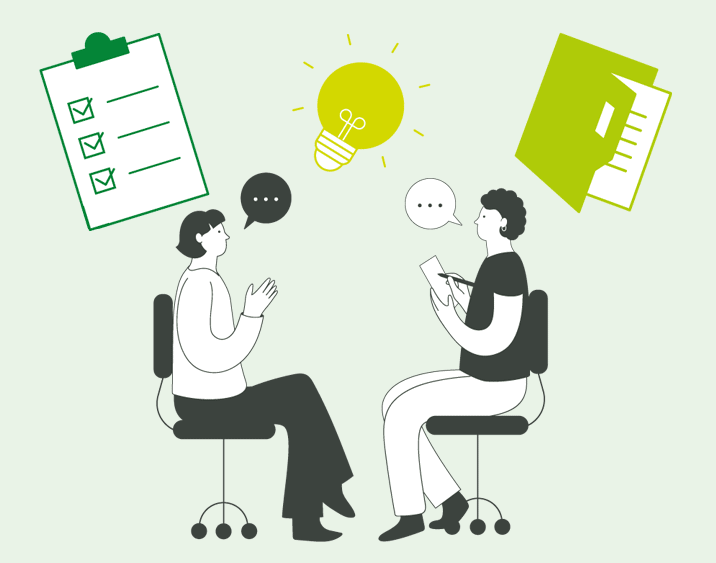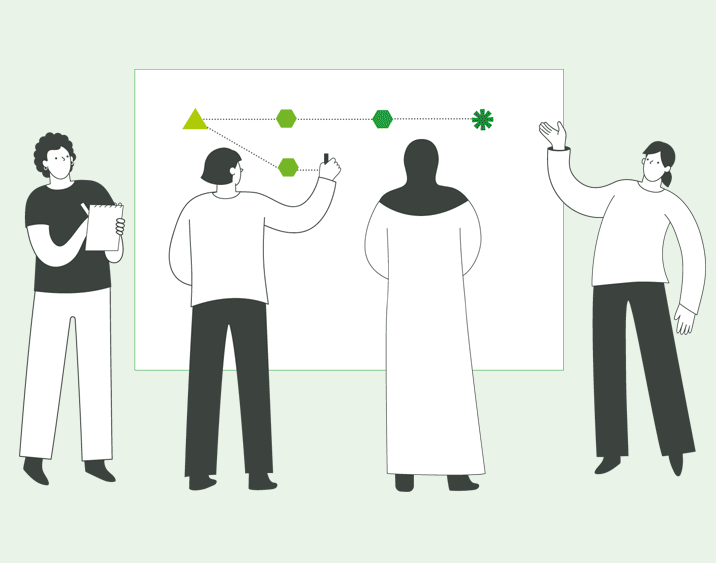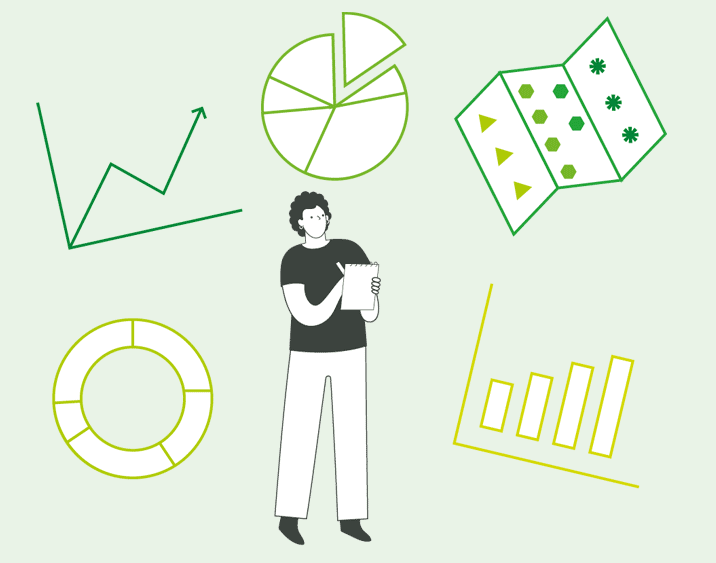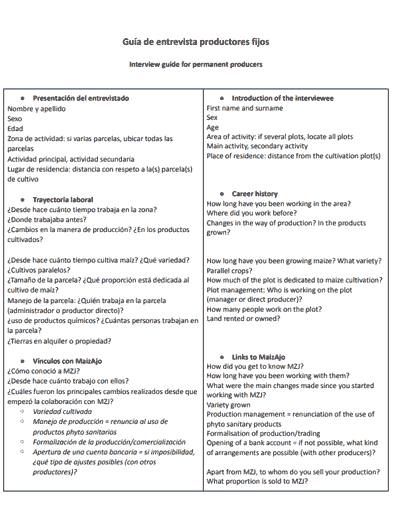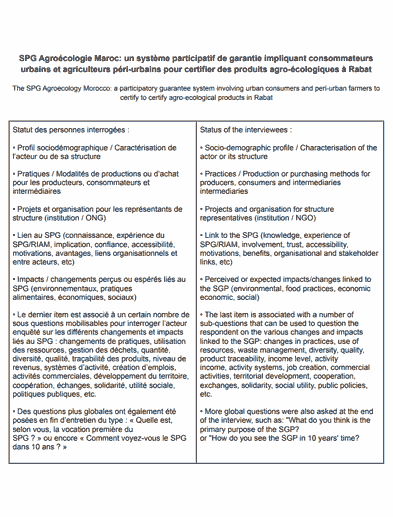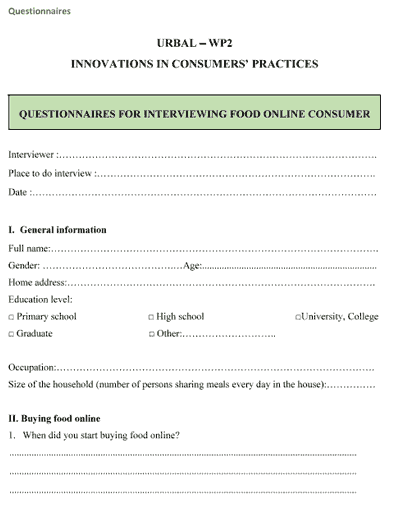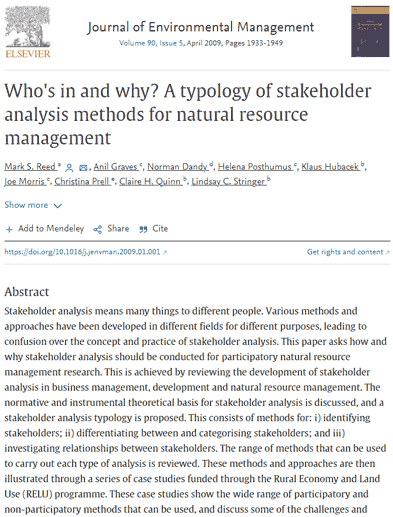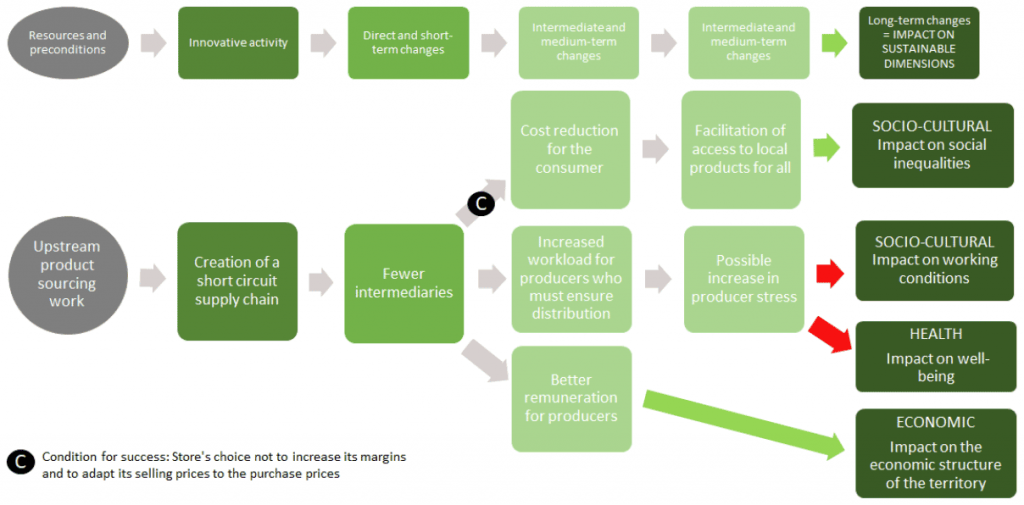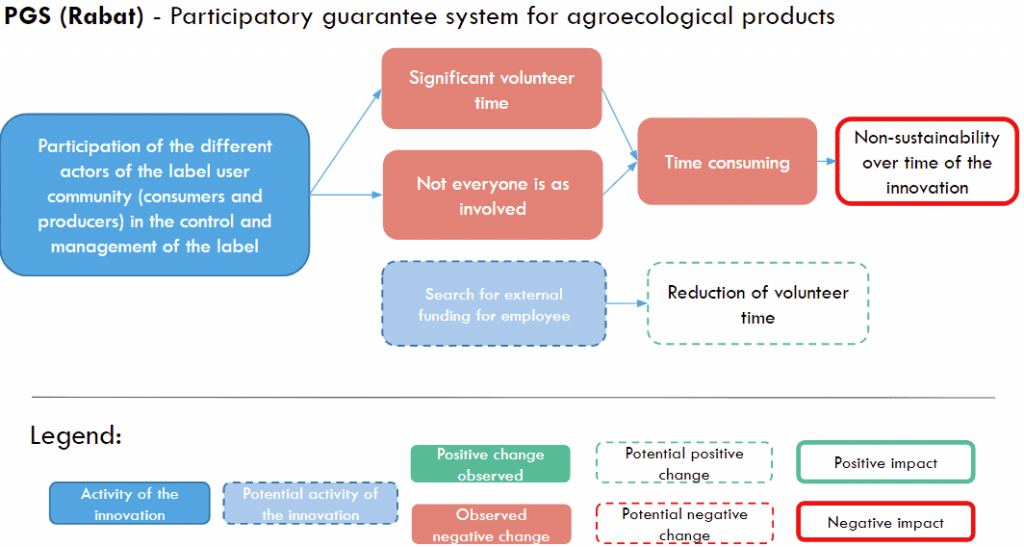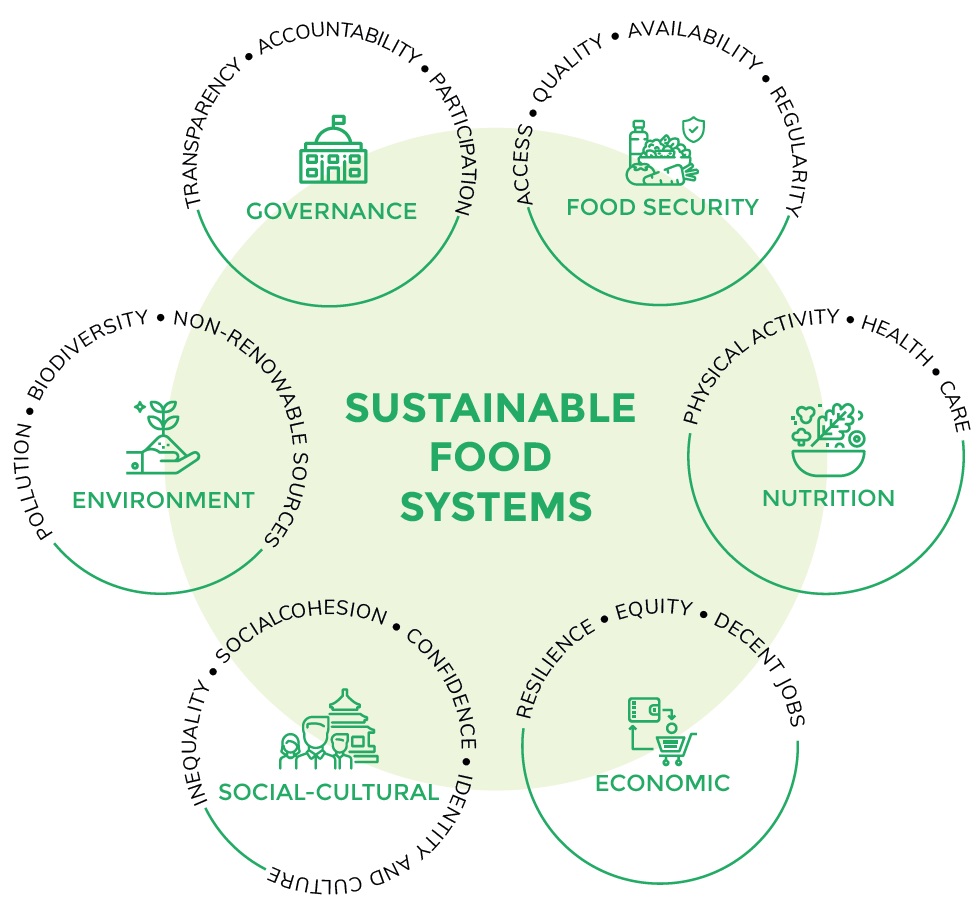
Interviews are an important part of Step 1 for the Urbal process. They offer a chance to gather information directly from innovators, innovation actors, policy- and decision-makers, and experts.
Interviews are an opportunity to hear from key innovation actors in their own words about how the innovation contributes to food system sustainability.
Here are some key things to consider when planning interviews:
- Who you interview will impact what type of information you are able to gather about the innovation. If possible, be sure to identify people to interview from four key groups—innovators, innovation actors, policy- and decision-makers, and experts (See Table 1).
- You should conduct at least 5 and ideally no more than 20 interviews. Select the number of interviews that makes the most sense for your particular context, taking into consideration time and resource constraints.
- Be mindful of the power dynamics involved in interviewing, especially when interviewees are in a less powerful position than interviewers or others involved with the innovation. It is very important to create a safe space to facilitate dialogue with interviewees.
- At the end of each interview, ask the interviewee to suggest others that you should talk to. This will help you make sure that you’ve included all of the relevant innovation actors in the interview process.
Table 1 : people to interview and their role
Interviews must be conducted in compliance with institutional/organisational ethics procedures and local privacy protection laws. Interviewers must have recorded verbal or written consent of all participants and provide detailed information to participants about how their words and personal information will be used in the project and how all information gathered will be securely stored during and after the project. Obtaining consent requires interviewers to be thoughtful and clear about their intentions and to build trust with participants so that they fully understand the project and their role.
Interviewers may want to explore different questions or topics depending on the role of interviewees. Here are some examples to get you started.
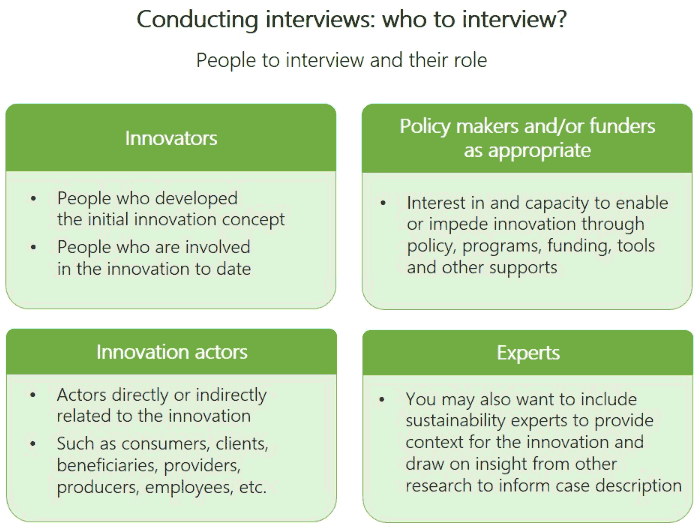
Table 2 : examples of items questions to ask
Don’t forget to securely store the data collected during the interviews as you will need it for Step 2.
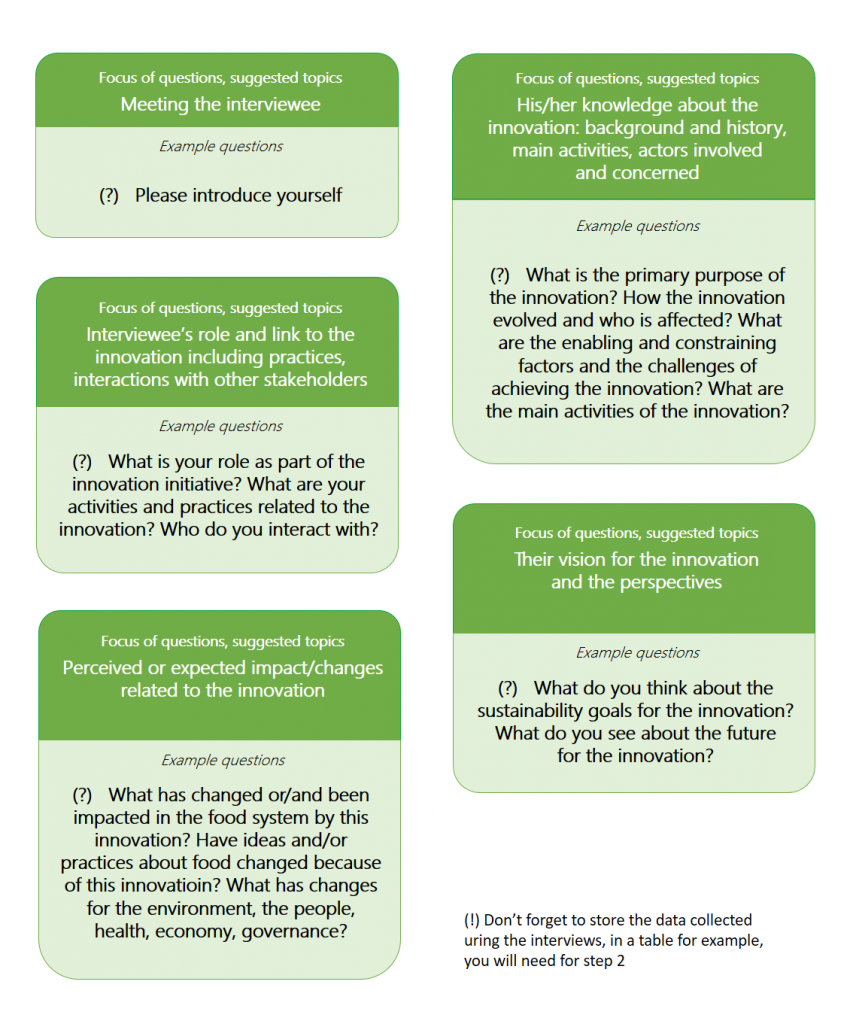
Focus of questions, suggested topics:
Meeting the interviewee-
Please introduce yourself
Focus of questions, suggested topics:
Interviewee’s role and link to the innovation including practices, interactions with other stakeholders-
What is your role as part of the innovation initiative? What are your activities and practices related to the innovation? Who do you interact with?
Focus of questions, suggested topics:
Perceived or expected impacts/changes related to the innovation-
What has changed and/or been impacted in the food system by this innovation? Have ideas and/or practices about food changed because of this innovation?What has changed for the environment, the people, health, economy, governance?
Focus of questions, suggested topics:
His/her knowledge about the innovation: background and history, main activities, actors involved and concerned-
What is the primary purpose of the innovation? How has the innovation evolved and who is affected? What are the enabling and constraining factors and the challenges of achieving the innovation? What are the main activities of the innovation?
Focus of questions, suggested topics:
Their vision for the innovation and the perspectives-
What do you think about the sustainability goals for the innovation? What do you see as the future for the innovation?
Don’t forget to store the data collected during the interviews, in a table for example, you will need it for step 2.
Ressources
Innovators
-
People who developed the initial innovation concept
-
People who are involved in the innovation to date
Innovation actors
-
Actors directly or indirectly related to the innovation
-
Such as consumers, clients, beneficiaries, providers, producers, employees etc.
Policy makers and/or funders as appropriate
-
Interest in and capacity to enable or impede innovation through policy, programs, funding, tools and other supports
Experts
-
You may also want to include sustainability experts to provide context for the innovation and draw on insights from other research to inform case description.
-
They are not necessarily scientists but people with long experience and/or professional knowledge.
Rainbow diagram for classifying stakeholders according to the degree they can affect or be affected by a problem or action (from: Chevalier and Buckles, 2008). dans la publi de Reed at al.
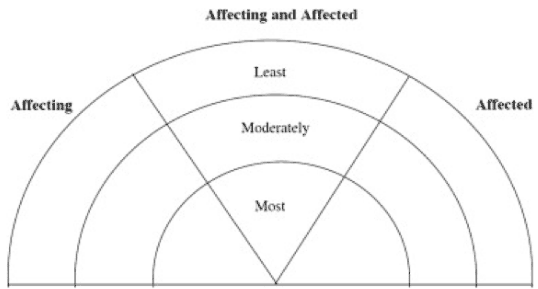
Interest–influence matrix for Integrated Management of Floodplains RELU Project showing stakeholders with property rights.
Considerations
- Roles of interviewees and the power dynamics. It is very important to create a safe space to facilitate dialogue with interviewees.
- Ask interviewees to suggest additional key informants.
- How many? We suggest between at least 5 and ideally more than 20 interviewees. Based on the guidelines, you need to use your judgment and go with the number that makes sense in your particular situation.




